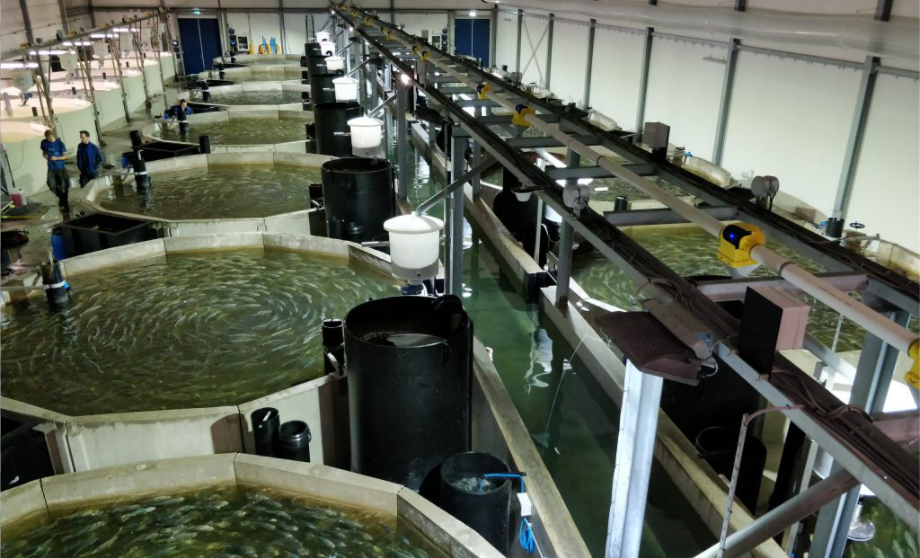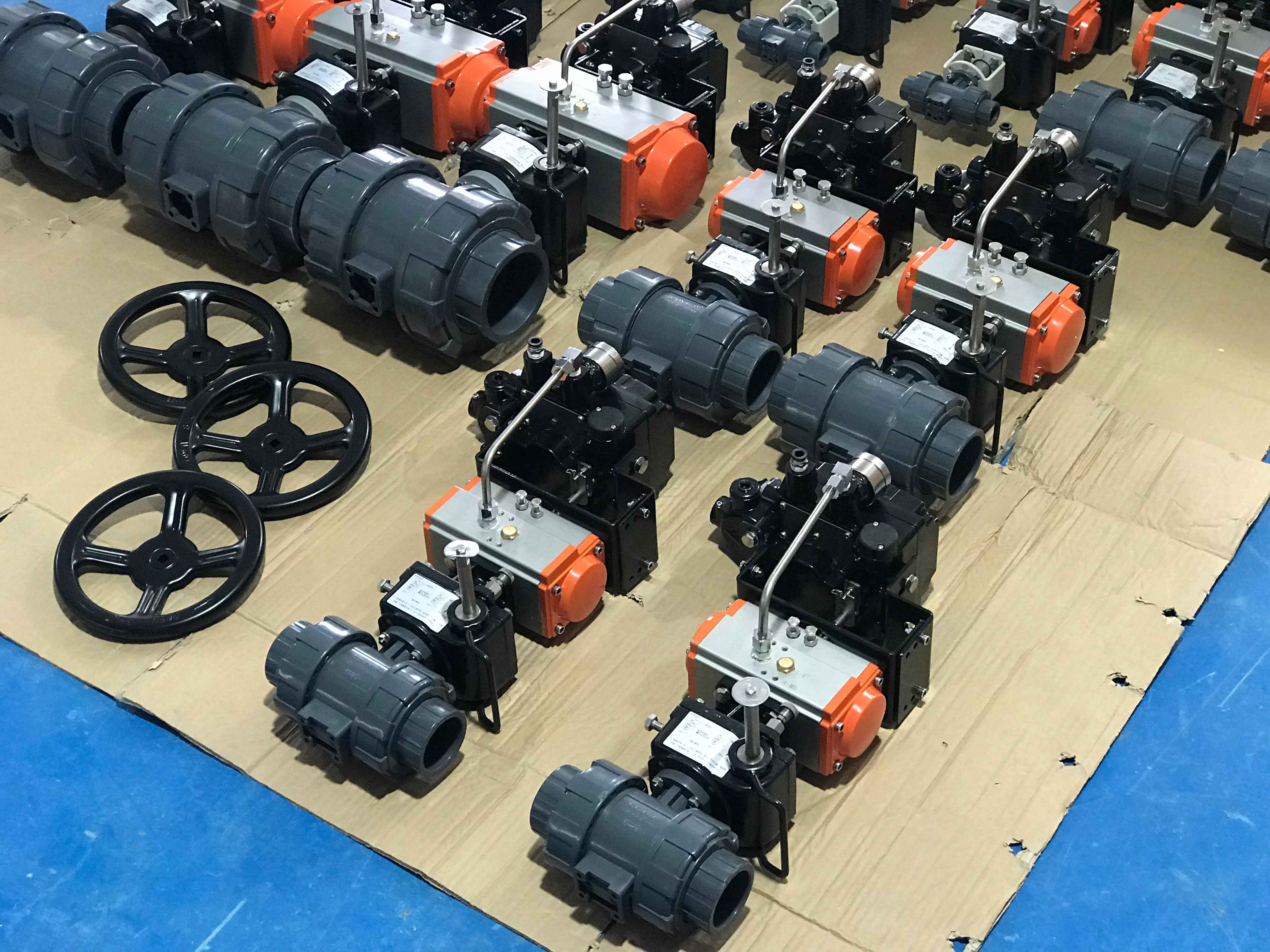Recirculating aquaculture system is an efficient, energy-saving, and environmentally friendly method of aquaculture. It utilizes water treatment technology to recycle the aquaculture water, reducing water usage and wastewater discharge while improving water quality and increasing the efficiency of aquaculture.
In the system, water is treated through filters, bio-reactors, and other equipment to remove pollutants such as harmful substances and ammonia nitrogen while increasing the oxygen content in the water to improve water quality.
By recycling water, recirculating aquaculture systems can reduce water usage and wastewater discharge, thereby saving costs and protecting the environment. This system is suitable for various aquaculture species such as fish, shrimp, and crabs and has become an important trend in the aquaculture industry.

Valves are essential component of a recirculating aquaculture system. They can help control water flow, regulate water levels, and maintain water quality. When choosing the appropriate valve, multiple factors need to be considered. This article will provide you with some best guides to help you select the right valve.
Step 1: Consider the Materials
Water in a recirculating aquaculture system typically contains various chemicals such as chlorine, ammonia, and nitrates. These chemicals can cause corrosion and damage to valve materials. Therefore, when selecting valves, materials that can resist corrosion, such as stainless steel and plastics, should be chosen. In addition, materials that comply with relevant standards should be selected to ensure the safety and reliability of the valves.
Plastics are a commonly used valve material in recirculating aquaculture systems for the following reasons:
Strong Corrosion Resistance
Water in recirculating aquaculture systems usually contains various chemicals, such as chlorine, ammonia, and nitrates. Compared to other materials, plastics have strong corrosion resistance and can resist chemicals in the water, thereby extending the life of the valves.
Lightweight and Easy To Process
Plastic materials have low density and high toughness, and can withstand a large amount of water flow under low pressure. At the same time, plastic materials are easy to process into various shapes and sizes to meet different valve requirements.
Low Cost
Compared to other materials, plastic materials are relatively low in price. They can reduce costs and improve economic benefits while ensuring valve quality.
Step 2: Choose the Right Size
Valve size is also very important. If the valve is too small, it may cause insufficient water flow, thereby affecting water flow and quality. Conversely, if the valve is too large, it may waste water resources and increase energy consumption. Therefore, when selecting valves, the appropriate size should be chosen according to actual needs to ensure that they can meet the requirements.
Step 3: Consider the Valve Operation
Valve operation is also very important. Usually, manual valves are simpler but require manual operation. Conversely, automatic valves can be controlled by electric or pneumatic means to achieve automatic regulation of water flow and water level. When selecting valves, their operation mode should be considered, and the most suitable operation mode should be chosen. For example, if frequent adjustment of water flow or water level is required, automatic valves may be more suitable.
For valve operation in aquaculture systems, pneumatic actuator is a common choice. Pneumatic actuated valves can control the flow of liquids or gases by the force of compressed air, with the advantages of easy operation, stability, reliability, and fast response speed, suitable for water flow control, gas control, etc. in aquaculture systems. In addition, pneumatic actuated valves can be used in conjunction with automatic control systems such as PLC to achieve automated aquaculture management.
Step 4: Consider Valve Maintenance and Care
Valve maintenance and care are also very important. If valves require frequent maintenance and care, it may increase costs and time. Therefore, when selecting valves, their ease of maintenance and care should be considered, and the easiest valves to clean and repair should be chosen. For example, choosing valves that are easy to clean and maintain can reduce system downtime and maintenance costs.
If you’re looking for high-quality valves for your aquaculture system, look no further than COVNA. Our valves are specifically designed for use in water recirculation systems, providing reliable and efficient control of water flow and pressure. With our corrosion-resistant materials and easy-to-maintain design, you can trust COVNA valves to keep your system running smoothly for years to come.
Don’t settle for subpar valves that can compromise the health of your fish and plants. Choose COVNA for the best in aquatic valve technology. Contact us at sales@covnavalve.com today to learn more about our products and how we can help you optimize your aquaculture system.
Post time: May-05-2023





